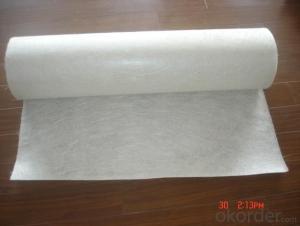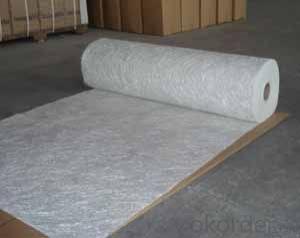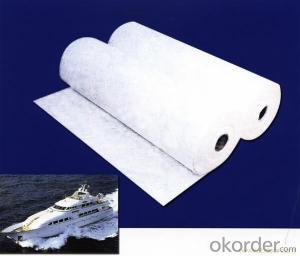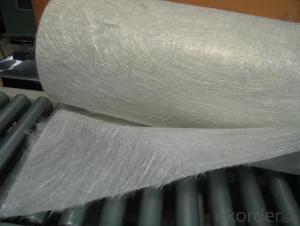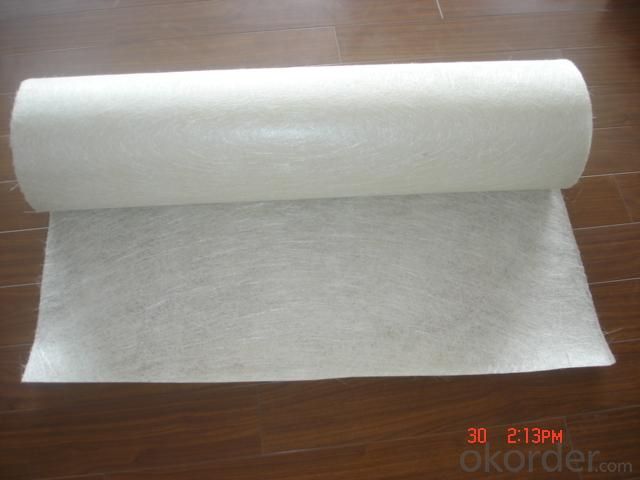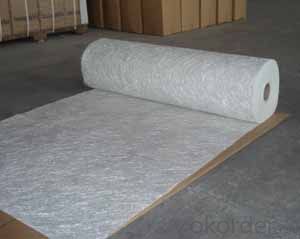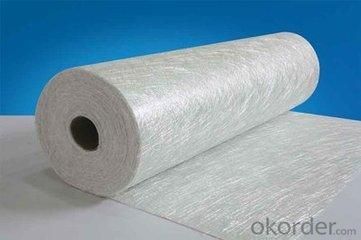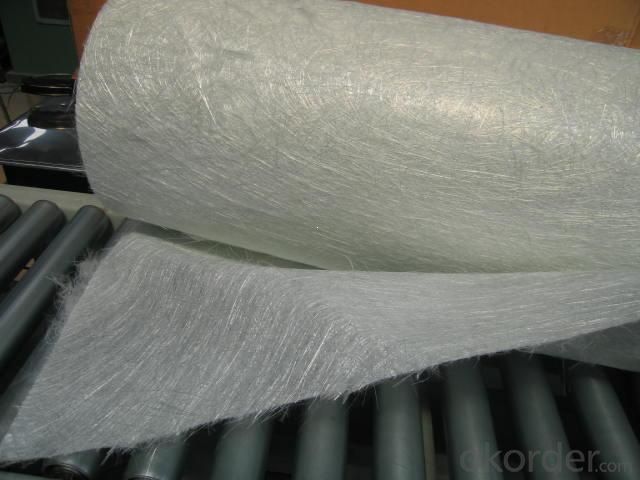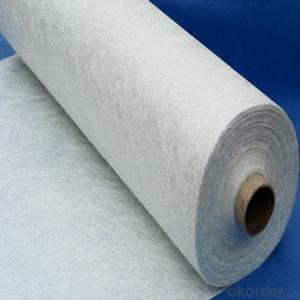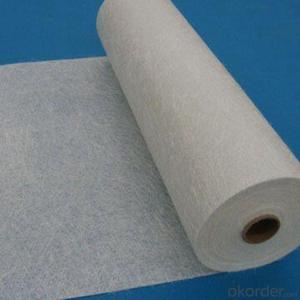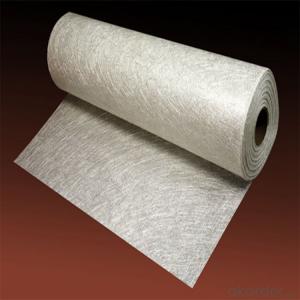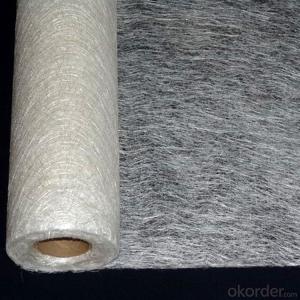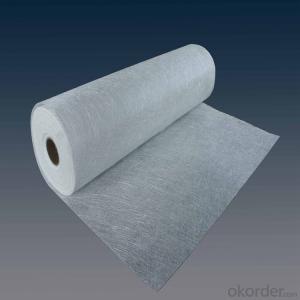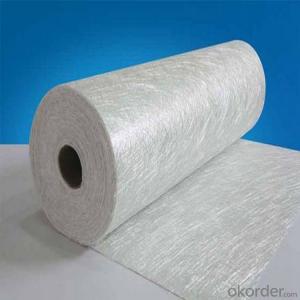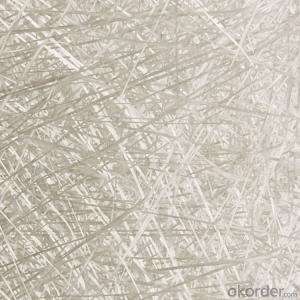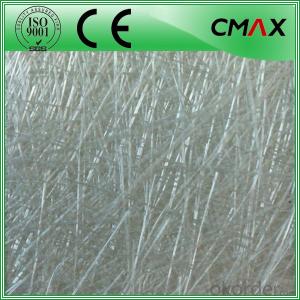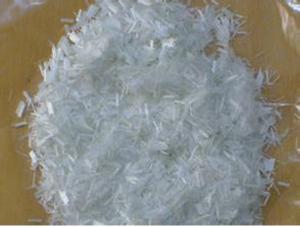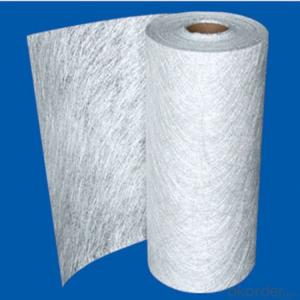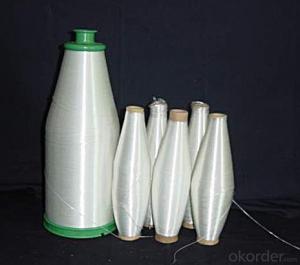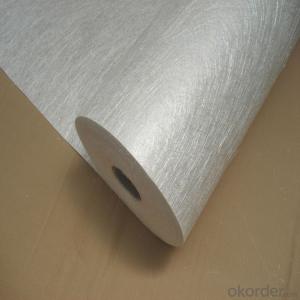Nordstrand 2024 AR Chopped Strand Fiberglass Mat Cloth in China
- Loading Port:
- Tianjin
- Payment Terms:
- TT OR LC
- Min Order Qty:
- 100 m.t.
- Supply Capability:
- 20000 m.t./month
OKorder Service Pledge
OKorder Financial Service
You Might Also Like
Quick Details
| Place of Origin: | Hebei, China (Mainland) | Brand Name: | Yuniu | Model Number: | thermoplastic Chopped Strands |
| Application: | thermoplastic | Surface Treatment: | silane | Technique: | chopping |
| Length: | 3-22mm | Quality: | Perfect | Certificate: | ISO9001:2000 |
| Color: | White |
Packaging & Delivery
| Packaging Details: | bag, pallet |
| Delivery Detail: | 7 days after the payment |
Specifications
Glass fibre Chopped Strands for concrete are designed for reinforcing PP, PA,PET, PBT POM, PPS and PC
Glass fibre Chopped Strands mainly used in injection and compression molding processes and its typical end-use applications include automotive industry, home appliances, valves, pump housings, chemical corrosion resistance and sports apparatus.
Product Features
1.Good strand integrity, low static and good flowability;
2.Fast and uniform distribution in resins, good processing properties and good mechanical
properties of the end products;
3.Good bonding with resins. No fiber sticking out at the surface of the end products and aesthetic
appearance.
Technical parameters
Filament Diameter(%): ±10
Moisture Content(%): ≤0.10
Size Content(%): 0.75±0.20
Chop Length (mm): ±1.0
Chop ability(%): ≥98
Packaging
Glass fibre Chopped Strands can be packed in bulk bags, cardboard boxes or composite plastic woven bags;
Bulk bags can hold 500kg~1000kg each;
Cardboard boxes and composite plastic woven bags can hold 15kg~25kg each.
Storage
Unless otherwise specified, fiberglass products should be stored in a dry, cool and rain-proof area. It is recommended that the room temperature and humidity should be always maintained at 15-35,35%-65% respectively.
Picture
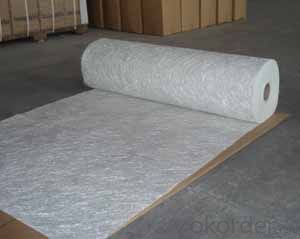

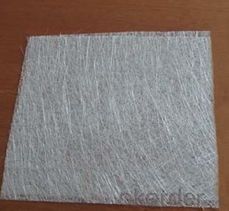

- Q: Is fiberglass chopped strand resistant to UV radiation?
- Fiberglass chopped strand is known for its resistance to UV radiation, in general. Typically, the resin utilized in fiberglass manufacturing is carefully formulated to endure sunlight and other environmental elements, such as UV radiation. Nevertheless, the degree of UV resistance may differ based on the particular resin type and production method employed. To enhance the UV resistance of fiberglass chopped strand, protective coatings or treatments might be applied in certain instances. It is recommended to refer to the manufacturer's specifications or technical data sheets to ascertain the precise UV resistance of a particular fiberglass product.
- Q: Does fiberglass chopped strand improve the fatigue resistance of composite materials?
- Yes, fiberglass chopped strand can improve the fatigue resistance of composite materials. The use of chopped strands helps to distribute stress and reinforce the composite matrix, enhancing its ability to withstand cyclic loading and reducing the likelihood of material failure due to fatigue.
- Q: Is fiberglass chopped strand resistant to UV radiation?
- Yes, fiberglass chopped strand is generally resistant to UV radiation. The resin used in fiberglass production is typically formulated to withstand exposure to sunlight and other environmental factors, including UV radiation. However, the level of UV resistance can vary depending on the specific type of resin used and the manufacturing process. In some cases, additional protective coatings or treatments may be applied to enhance the UV resistance of fiberglass chopped strand. It is always advisable to consult the manufacturer's specifications or technical data sheets to determine the exact UV resistance of a specific fiberglass product.
- Q: Can fiberglass chopped strand be used for reinforcing concrete structures?
- Yes, fiberglass chopped strand can be used for reinforcing concrete structures. It is commonly added to concrete mixtures to improve its tensile strength, reduce cracking, and enhance overall durability. The fiberglass strands provide reinforcement and improve the structural integrity of the concrete, making it suitable for various construction applications.
- Q: How does the fiber content affect the mechanical properties of fiberglass chopped strand composites?
- The mechanical properties of fiberglass chopped strand composites are significantly influenced by the amount of fiber present. Firstly, the overall strength and stiffness of the composite material are determined by the fiber content. Increasing the fiber content enhances the strength and stiffness as the fibers reinforce the material. These fibers act as load-bearing elements, distributing stress and preventing cracks, leading to improved tensile, flexural, and compressive strength. Secondly, the impact resistance of the composites is affected by the fiber content. A higher fiber content increases the material's ability to absorb energy, making it more resistant to impacts. The fibers act as barriers, absorbing and dispersing impact energy, minimizing damage and crack formation. Moreover, the fiber content also has an impact on the thermal properties of the composites. Fiberglass fibers have low thermal conductivity, meaning they are not good conductors of heat. By increasing the fiber content, the composites become more resistant to heat flow, making them suitable for applications requiring thermal insulation. Additionally, the dimensional stability of the composites is influenced by the fiber content. Higher fiber content reduces the coefficient of thermal expansion, making the material less prone to expansion and contraction caused by temperature changes. This characteristic is particularly important in industries like aerospace and automotive, where dimensional stability is crucial. To summarize, the fiber content in fiberglass chopped strand composites plays a crucial role in determining their mechanical properties. Higher fiber content improves strength, stiffness, impact resistance, thermal insulation, and dimensional stability. It is essential to understand and optimize the fiber content in order to design and manufacture composites that meet specific performance requirements.
- Q: What are the acoustic properties of fiberglass chopped strand?
- Fiberglass chopped strand has several acoustic properties that make it a popular material in various applications. Firstly, it has excellent sound absorption capabilities due to its fibrous structure. The random orientation of the chopped strands creates spaces and voids that effectively trap and dissipate sound energy, reducing echo and reverberation in enclosed spaces. Additionally, fiberglass chopped strand exhibits low density, making it a lightweight material with good sound insulation properties. It can effectively block and reduce the transmission of sound waves, making it suitable for applications where noise control is important, such as in building construction or automotive interiors. Moreover, fiberglass chopped strand is known for its high tensile strength and durability, which contributes to its acoustic performance. Its strong and resilient nature allows it to maintain its sound-absorbing and insulating properties over time, even in demanding environments. Another advantage of fiberglass chopped strand is its versatility in terms of customization. It can be manufactured with varying thicknesses and densities to meet specific acoustic requirements. This flexibility allows it to be tailored for different applications, such as in soundproofing panels, acoustic ceiling tiles, or speaker enclosures. Lastly, fiberglass chopped strand is non-combustible and resistant to moisture, mold, and mildew. These properties make it suitable for use in areas where fire safety and moisture resistance are critical, such as in theaters, recording studios, or industrial settings. Overall, the acoustic properties of fiberglass chopped strand, including its sound absorption, insulation, strength, customization options, and resistance to fire and moisture, make it a favored material for a wide range of applications where sound control and quality are important.
- Q: What are the typical moisture absorption characteristics of chopped strand composites?
- Chopped strand composites typically exhibit excellent moisture absorption resistance due to the nature of their construction. The chopped strand mat or fabric used in these composites is typically made from glass fibers or other high-performance materials that have inherently low moisture absorption properties. Additionally, the matrix material used in the composite, such as a resin or polymer, is often chosen for its hydrophobic nature, further reducing moisture absorption. This combination of low moisture absorption fibers and hydrophobic matrix material results in chopped strand composites that are highly resistant to moisture absorption. In practical terms, this means that these composites are less likely to experience dimensional changes, warping, or degradation when exposed to moisture or high humidity environments. However, it is important to note that the moisture absorption characteristics of chopped strand composites can still vary depending on the specific materials used and the manufacturing process employed. For instance, if the composite is not properly sealed or has defects in its structure, it may be more susceptible to moisture absorption. Additionally, certain types of resins or fibers may have higher moisture absorption rates than others. In general, though, chopped strand composites are known for their low moisture absorption characteristics, making them a popular choice for applications where moisture resistance is important, such as in marine, automotive, or construction industries.
- Q: What are the environmental considerations when using fiberglass chopped strand?
- There are several environmental factors to consider when utilizing fiberglass chopped strand. To begin with, the production of fiberglass chopped strand relies on non-renewable resources such as glass fibers. The extraction of these materials can harm the environment by causing habitat destruction and consuming energy. Furthermore, the manufacturing process of fiberglass chopped strand involves the use of chemicals and binders. If not handled correctly, these substances can pose risks to both human health and the environment. They may be released into the air, water, or soil during production or disposal, leading to pollution and environmental contamination. Additionally, the disposal of fiberglass chopped strand waste is a concern. It is crucial to properly dispose of waste materials to prevent them from entering landfills or being incinerated, as this can release harmful substances into the environment. Recycling and reusing fiberglass chopped strand waste can help minimize its environmental impact. Lastly, the use of fiberglass chopped strand in various applications can have positive and negative effects on the environment. On one hand, fiberglass is known for its durability and longevity, which reduces the need for frequent replacement and minimizes waste generation. However, the production and utilization of fiberglass chopped strand can contribute to greenhouse gas emissions and energy consumption. To address these environmental considerations, various measures can be taken. These include exploring alternative materials that are more sustainable and renewable, implementing more efficient manufacturing processes to reduce resource consumption and waste generation, and properly managing and disposing of fiberglass chopped strand waste. Additionally, promoting recycling and reusing practices can help minimize the environmental impact of fiberglass chopped strand.
- Q: Can fiberglass chopped strand be used in water treatment tanks?
- Yes, fiberglass chopped strand can be used in water treatment tanks. Fiberglass is resistant to corrosion and can withstand exposure to chemicals commonly found in water treatment processes. Additionally, it is lightweight, durable, and can be easily molded into various tank shapes and sizes.
- Q: How is the interlaminar shear strength of fiberglass chopped strand composites determined?
- The interlaminar shear strength of fiberglass chopped strand composites is typically determined through various testing methods, such as the short beam shear test or the double cantilever beam test. These tests involve applying a shear force to the composite material and measuring the maximum load it can withstand before failure. This provides valuable information on the composite's resistance to interlayer shear stresses and helps in evaluating its overall mechanical properties.
Send your message to us
Nordstrand 2024 AR Chopped Strand Fiberglass Mat Cloth in China
- Loading Port:
- Tianjin
- Payment Terms:
- TT OR LC
- Min Order Qty:
- 100 m.t.
- Supply Capability:
- 20000 m.t./month
OKorder Service Pledge
OKorder Financial Service
Similar products
Hot products
Hot Searches
Related keywords
